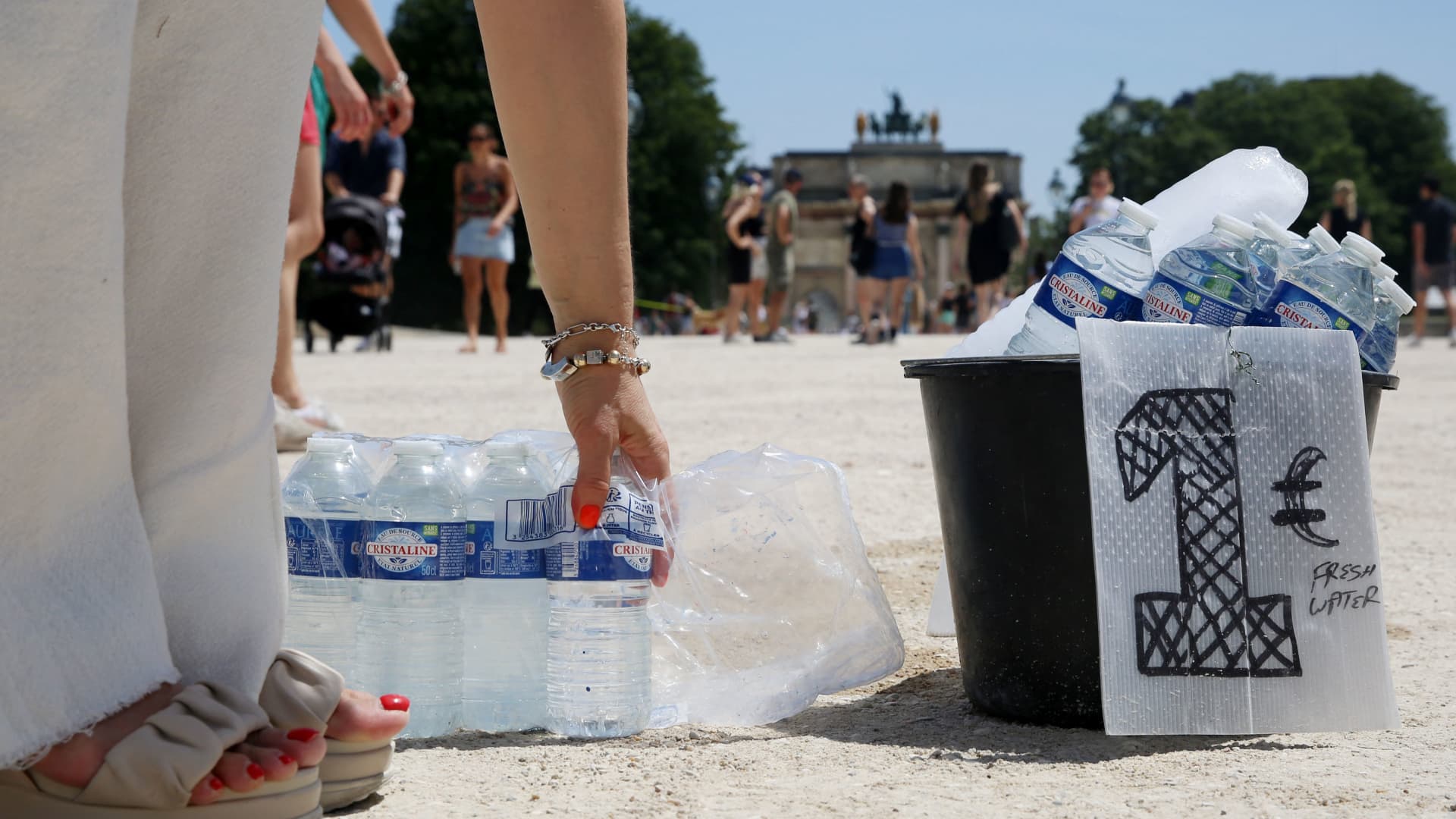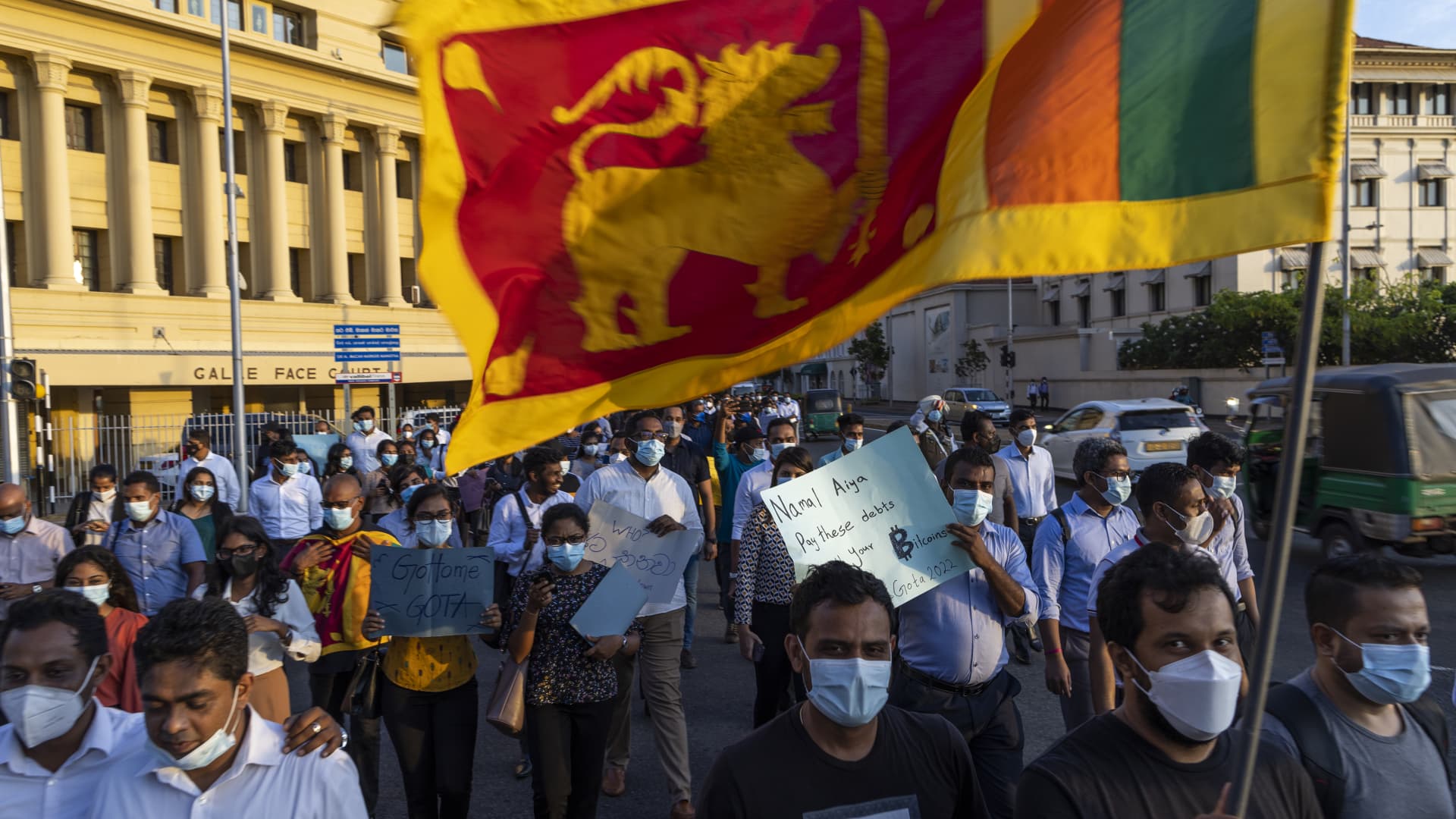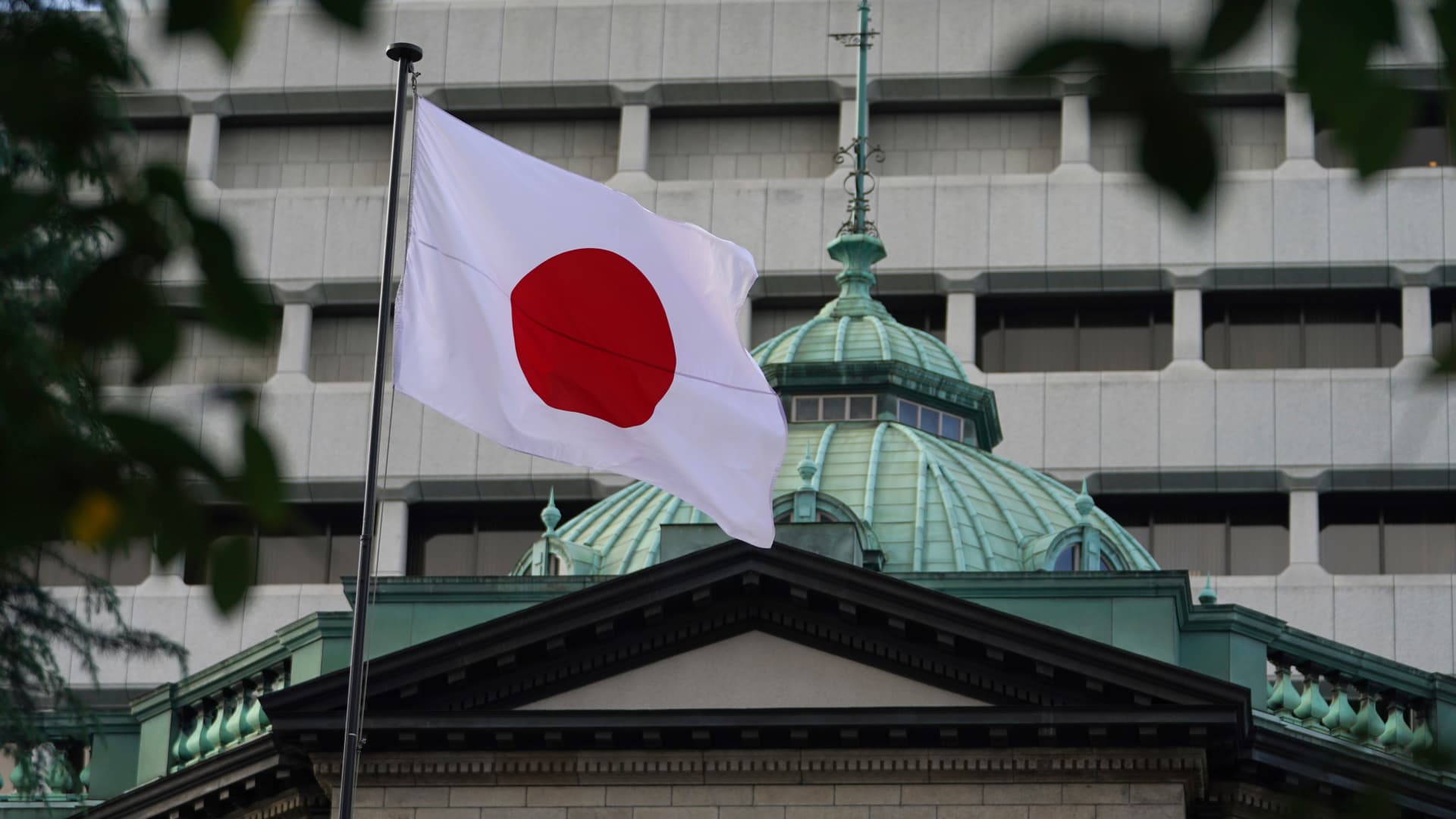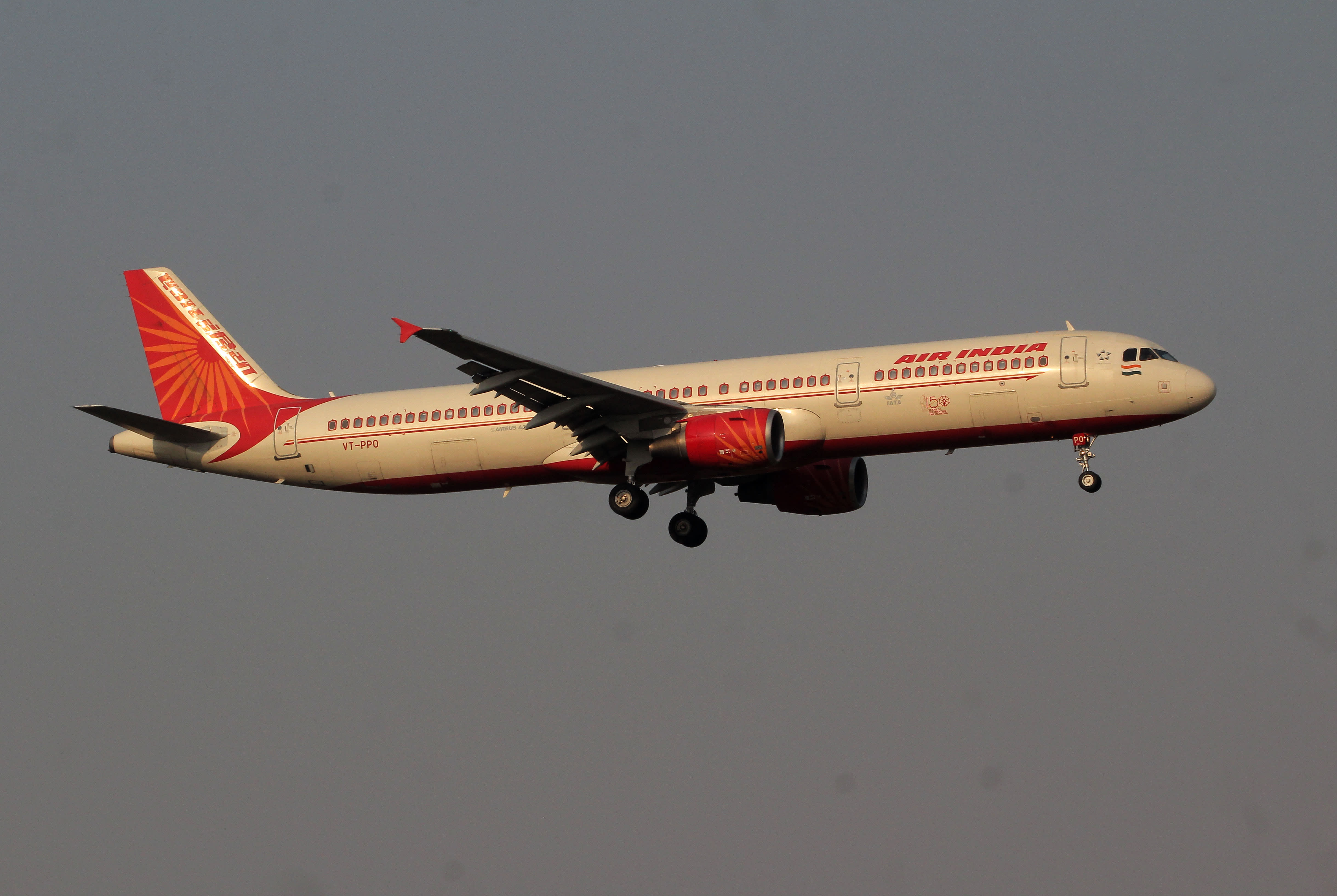The euro is near parity with the U.S. dollar: Here's how travelers can take advantage of the exchange rate
It's been two decades since the exchange rate was this favorable for Americans traveling to Europe.

A customer reaches down to pick up a bottle of water from a street vendor in Paris on June 17, 2022.
Stefano Rellandini | Afp | Getty Images
The value of the euro relative to the U.S. dollar has sunk near a two-decade low — and that's good news for Americans traveling to Europe this summer.
A favorable exchange rate means travelers' dollars will go further when making purchases abroad.
"Right now, your money goes further in Europe than it has in quite a few years, and it's a great time to have that dream trip you've been putting off to Italy, France or Spain," said Kate McCulley, a travel writer who lives in the Czech Republic and publisher of travel site AdventurousKate.com.
Parity approach 'is like getting a 15% discount'
Not all European countries use the euro — it's the official currency for 19 out of 27 European Union members.
Those countries are: Austria, Belgium, Cyprus, Estonia, Finland, France, Germany, Greece, Ireland, Italy, Latvia, Lithuania, Luxembourg, Malta, the Netherlands, Portugal, Slovakia, Slovenia and Spain.
The euro is soon expected to hit parity with the U.S. dollar, meaning the two currencies will have a 1:1 exchange rate. That hasn't occurred since 2002, when the euro was in its infancy.
More from Personal Finance:
These 5 metros have the most million-dollar homes
Why experts say a higher federal minimum wage is long overdue
How to calculate your personal inflation rate
Triggers for the relative decline of the euro include the ongoing war in Ukraine, which has fueled fear of an energy crunch and recession, as well as U.S. interest rates moving sharply higher, pushing investors toward the dollar and from the euro.
One euro is currently worth less than $1.01 — down 11% from nearly $1.13 at the beginning of the year and down 15% from almost $1.19 a year ago.
As an example, an American who bought a €15 sandwich in Paris a year ago would have paid about $17.80. Today, that traveler would pay roughly $15.10.
"It's kind of like getting a 15% discount," according to Sara Rathner, a travel expert at NerdWallet. "It's more gentle on people's travel budgets," she added.
Inflation is raising travel costs
Brabo Fountain and City Hall, Antwerp, Belgium.
Shaun Egan | The Image Bank | Getty Images
That discount comes at a good time: Stubbornly high inflation has made it an expensive time to travel almost anywhere.
Costs at home in the U.S. for items like airfare, lodging, recreation and meals were up almost 19% in May relative to the same time in 2019, before the pandemic, according to the U.S. Travel Association's Travel Price Index. (Domestic travel costs are also up more than 19% versus last year, but that partly reflects a comparison to low pandemic-era prices, the association said.)
Meanwhile, Americans' appetite for international travel appears to be growing, spurred by factors like the recent scrapping of a Covid-19 testing requirement for international travelers flying to the U.S., as well as the lifting of a separate mask mandate on airplanes.
About 34% of U.S. travelers are likely to travel abroad this year, up 6 percentage points in a month, according to Destination Analysts, a tourism market research firm. The firm polled 4,000 travelers June 15-23.
When asked to list the foreign destinations they most want to visit in the next 12 months, European destinations comprised 6 of the top 10 most commonly named, according to Destination Analysts.
Flight searches to some top European destinations increased by double digits from July 3-11 relative to the previous week, according to Expedia data. Searches for Paris and Frankfurt flights each jumped 25%, while interest in Brussels and Amsterdam each rose 20%, and Dublin, 15%.
Lodging interest was also elevated in some cities, according to Hotels.com. Searches for lodging in Copenhagen rose 30%, and were up 15% for Athens and 10% for Madrid.
"It's become an expensive time to travel," Rathner said. "But people want to get back out there.
"People are ready to travel again," she added.
How to take advantage of favorable exchange rates
Manarola fishing village in Cinque Terre, Italy
Matteo Colombo | Moment | Getty Images
Americans who want to take advantage of the favorable exchange rate should use a credit card without a foreign transaction fee whenever possible. Those fees can add 3% to the cost of each purchase, thereby eating into the euro-dollar savings, Rathner said.
Bring a backup credit card (if you have one) in addition to your primary in case yours isn't accepted in certain establishments, she advised. This is generally due to card brands — while Visa and Mastercard are widely accepted around the world, that's less true of American Express and Discover, Rathner said.
Further, travelers booking hotels or tours in advance (and have the option to be charged now or later) may wish to pay now to make sure they're taking advantage of the low rate, McCulley said. It's not a given the exchange rate will continue to get more favorable.
Travelers using cash should generally avoid converting their currency ahead of a trip, according to experts. "Ninety-nine percent of the time, it's unnecessary, and you'll get a worse conversion rate," said McCulley.
Instead, travelers typically get a better rate by withdrawing money from an ATM in their destination country, experts said.
There are some caveats, however. For one, travelers should call their bank to make sure foreign ATMs accept their debit card. Banks also generally charge fees to withdraw money from ATMs overseas; travelers can assess how much cash they'll need for the whole trip and make one big withdrawal instead of several smaller withdrawals to reduce those fees, according to Rathner.
Further, ATM operators may ask if users want money "with or without conversion," or a similarly worded prompt. Basically, this practice, called "dynamic currency conversion," means the ATM operator does the currency conversion instead of the bank.
However, travelers should decline the conversion offer since the ATM operator's exchange rate is often worse, experts said. The same principle applies to local merchants that ask a similar question relative to credit or debit card transactions.

 AbJimroe
AbJimroe 































